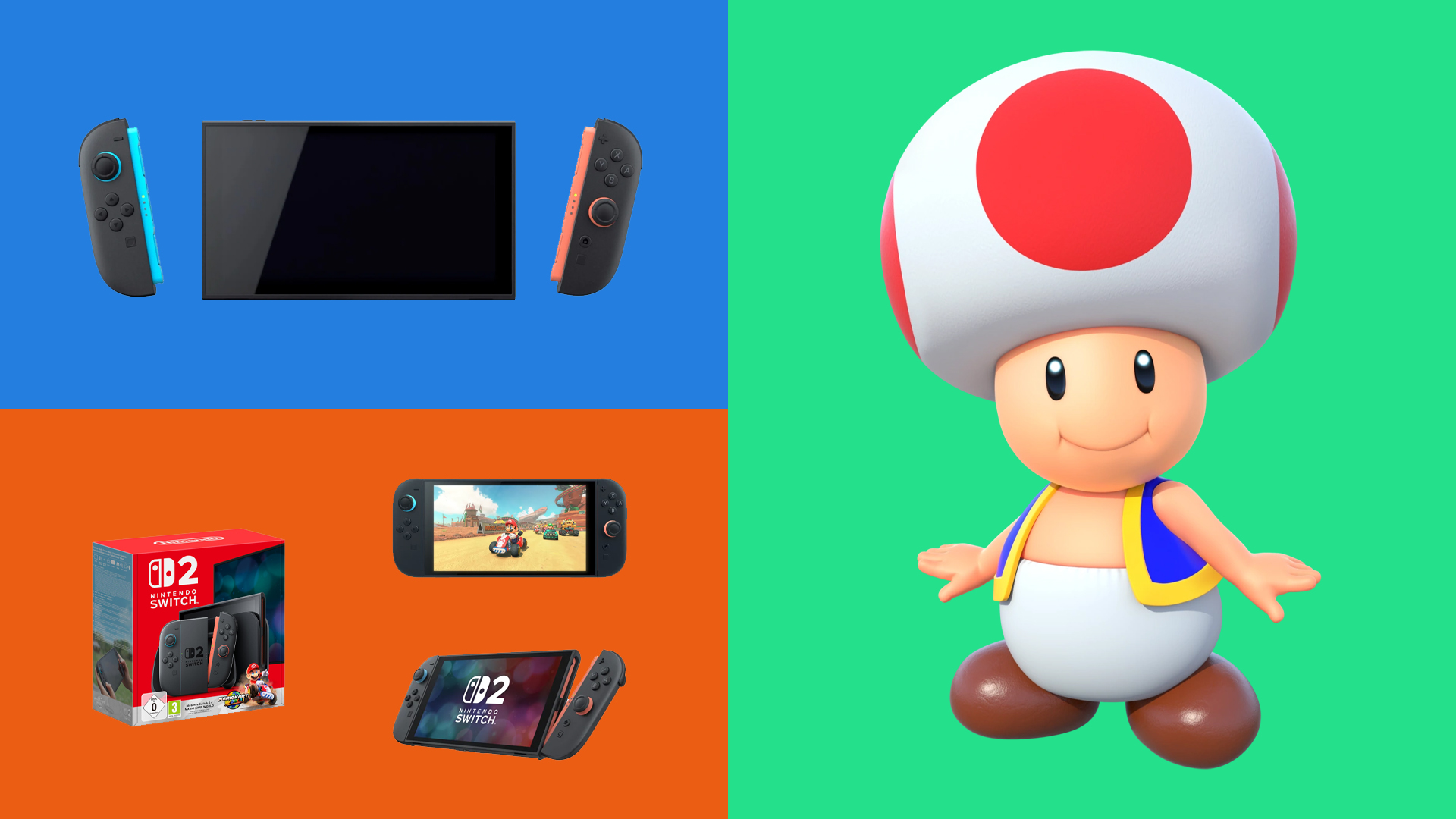Has manga lost its true identity?
We asked 5 artists if manga's global popularity has changed the art form.
Manga’s position as a cultural force has been steadily growing over recent decades. Yet in the past few years it’s cut through like never before. Thanks to online resources and its elevated profile – aided in part by anime and live-action adaptations of seminal titles – manga is now more accessible than ever.
This popularity is good news for fans and artists, but it also represents a new chapter for the medium. One that arguably sees manga changed by its worldwide adoration as new creators are drawn to it and leave their own mark. I spoke to five manga artists to see how they think manga has changed, and how artists can make their mark today.
For more inspiration, check out Tony Valente's tips for making great manga. And if you're looking to take your own manga drawing digital, see our roundup of the best Black Friday drawing tablet deals and the best drawing tablets under $100.
Cultural differences in manga


Manga’s origins lie in illustrated handscrolls from the 12th and 13th centuries, but manga as readers know it today can be traced back to the late 1800s. These multi-panel cartoons were a response to Western comics, highlighting that the medium has always had an international input.
For Asia Ladowska though, Japan’s cultural essence is at the heart of manga. “Artists outside of Japan may approach manga with admiration, but they inevitably reflect their own surroundings and values,” she says.
“And that’s what makes the global landscape of manga so fascinating: each work carries the signature of the culture it was born from.”
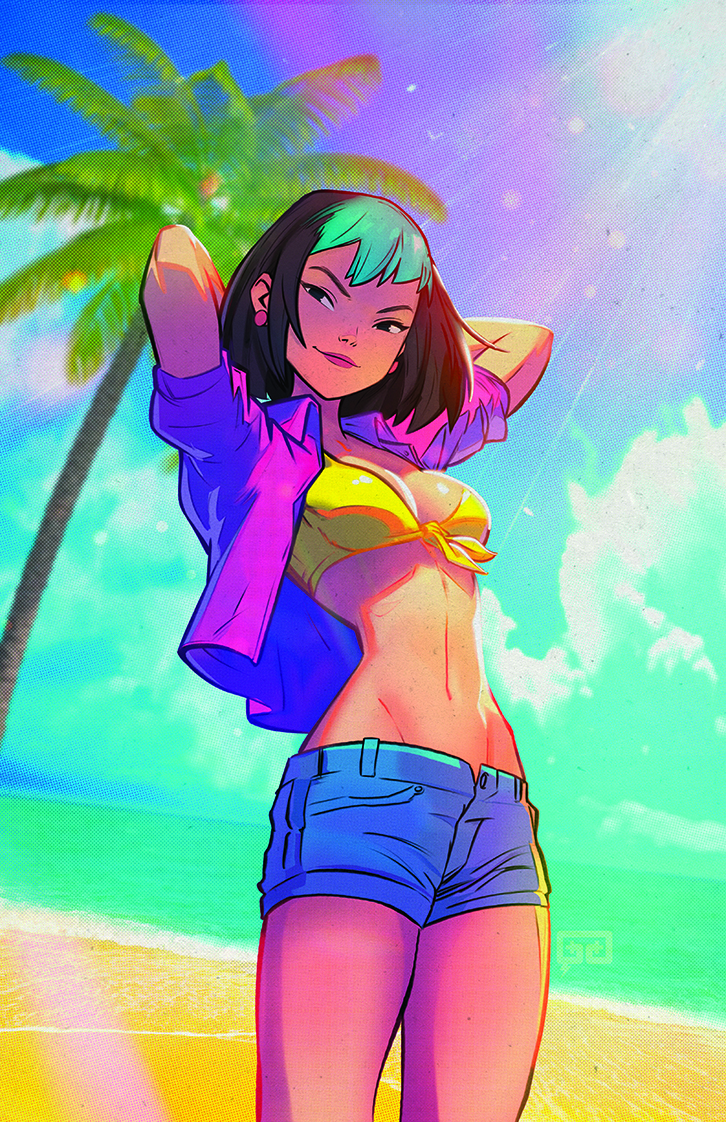
Geizi Guevara agrees that Japanese manga is unique when it comes to its perspective. “Japanese artists are drawing from a long tradition and cultural rhythm that’s unique to their society,” he says.
Daily design news, reviews, how-tos and more, as picked by the editors.
“When artists outside Japan, like me, pick up manga, we bring in our own experiences. That mix shows up in the stories, the colour choices, the way you frame characters. It doesn’t make it ‘less manga’, it just gives it another dimension. I see it as a dialogue between influences rather than a divide.”

Yueko is keen to point out that manga created in Japan also benefits from a more established publication pipeline. “As a result, there are better resources and opportunities available to Japanese artists than those overseas, specifically for the creation of manga,” she reveals.
“However, the internet has made manga creation more accessible to everyone, with many artists creating successful work that’s initially uploaded to platforms such as Pixiv or Twitter/X.”
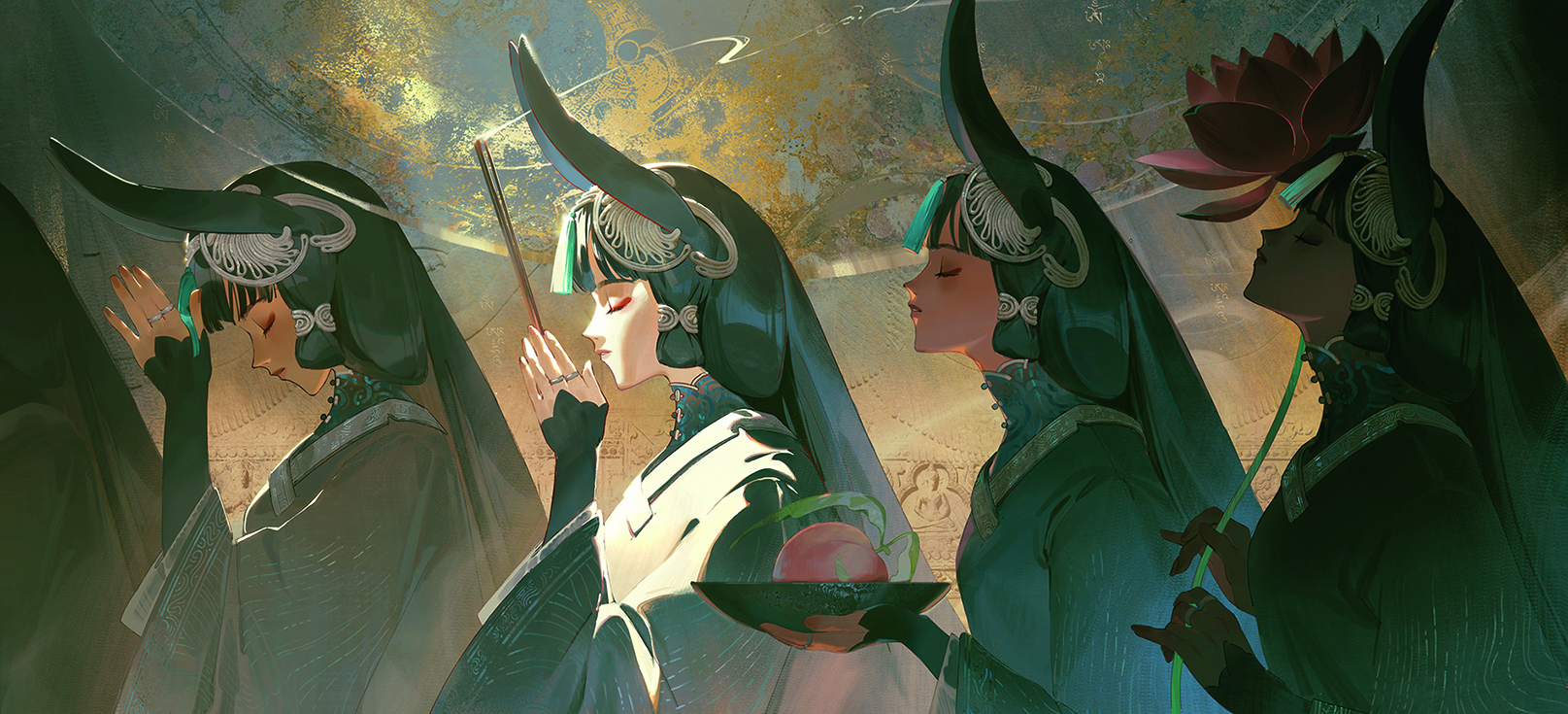
Airi Pan, who has worked on video games, animations and films for clients including Netflix and Blizzard Entertainment says that while many people outside Japan view anime as a distinct art style, in Japan, it’s just the norm. It’s not considered particularly special.
“Over time, I’ve found that I can often tell if an artist is Japanese, Korean, Chinese or Western just by looking at their art,” she says. “Each culture has its own unique influences that show in their work. Your environment shapes you a lot more than you think”.
The impact of digital art on manga

The internet’s impact on manga can’t be underestimated. Kira Yukishiro points to social media for spreading manga to new audiences, who in turn have interpreted through their own perspectives.
“Manga has its own rules of narrative, layout and style that differentiate it from Western comics,” she explains, “but you don’t have to be Japanese to be a mangaka!”

The important thing is to show respect for every subject you deal with, she says. This means studying hard.
“Sometimes you see more hybrid styles – authors who have mixed the style of manga with that of Western comics, but who still approach their work following the rules of manga,” she adds. “So I think that even if some authors are not exactly ‘pure’ in style, they can still fall into the manga category because they follow the rules.”

For Asia, digital platforms have done more than make manga accessible – they have transformed the way it evolves. “The internet has created a sense of closeness across the world, allowing styles and ideas to circulate freely,” she says. “Art responds to its time: it shifts with technology, with social norms, with cultural exchange.
Even modern Japanese manga was once influenced by Western comics, and it continues to change today. “What feels most striking now is not only the higher quality born of competition, but also the way audiences shape the medium. Readers comment, share and amplify works online, and their voices can influence trends, genres – even the direction of stories themselves.”
Standing out as a manga artist today

With manga being more popular and accessible than ever, artists and creators face the challenge of getting noticed by audiences.
In order to stand out, Asia suggests focusing on originality and authenticity as well as skill. “A manga that offers multi layered plots, characters who feel deeply human, or a fresh perspective on everyday life will naturally rise above,” she advises.
“Strong artistry is key, but readers are often drawn to sincerity – the sense that the creator’s voice is unique and passionate. That spark is difficult to imitate, and it’s often what makes a story memorable in a sea of titles.”
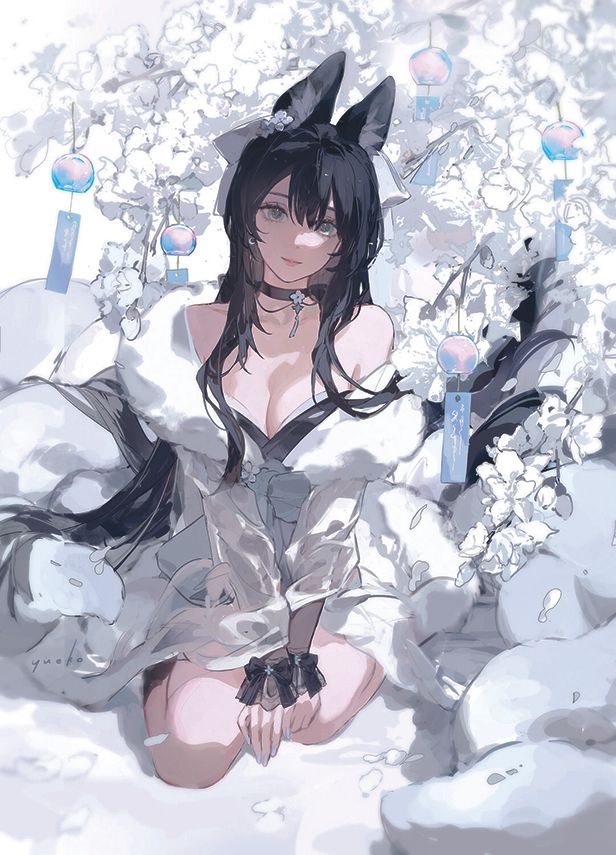

Airi agrees that technique is paramount, especially in a landscape increasingly saturated by AI art. “No matter how much your technique improves, it won’t beat the speed of AI,” she says.
“Technique comes from developing your own taste, and your taste cannot improve unless you consume VAST quantities of anime to the point where you get bored of what’s popular or conventional.
“Then that’ll push you to seek out stuff that really speaks to you, and THAT is where taste truly gets born in my opinion. Once you develop that, you can create work that genuinely stands out and is authentic.”
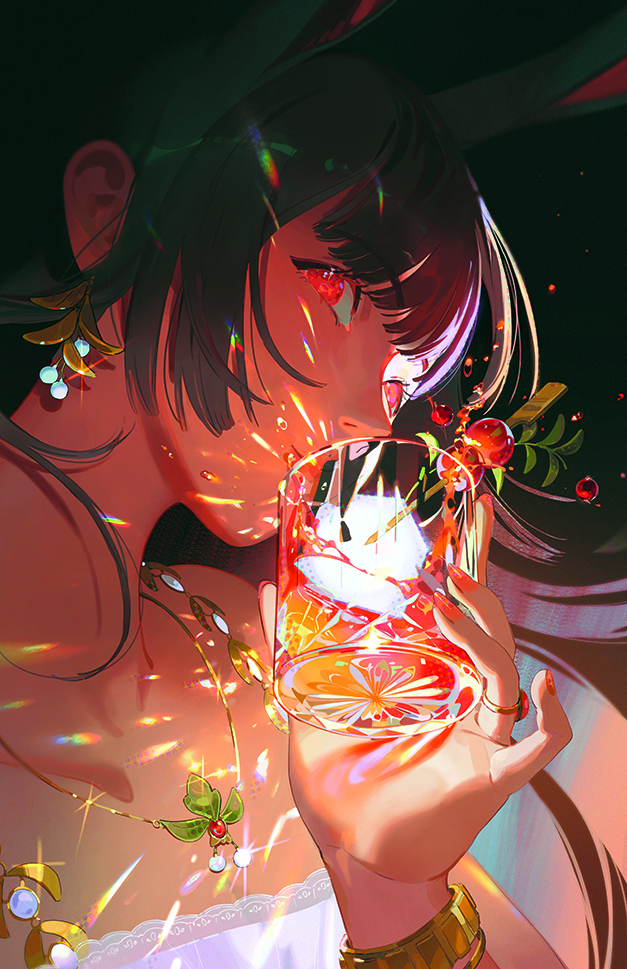
Over time, she's expanded her outlook, looking at fine art, poster design, sculpture work and other sources of inspiration.
“But anime is always a core influence,” she says. “It’s about pushing it forward and creating something that people haven’t seen before. And to do that, sometimes you have to consume and be obsessed with things completely unrelated to anime. It’s kind of ironic; I explore outside of anime, in order to bring something fresh back to it”.
Manga's enduring appeal

While manga is adapted by artists from all around the world, if the medium has one constant it’s its enduring popularity. Perhaps this ongoing appeal holds the answer to where manga stands in 2025
From a professional perspective, Yueko points out that manga still affords creatives a rare amount of control. “Manga is not completely safe from the influence of investors, but I think it’s a medium that allows unique ideas to flourish more,” she says.
“The fantastical worlds and engaging characters that emerge as a result are what are able to enthrall audiences worldwide.”
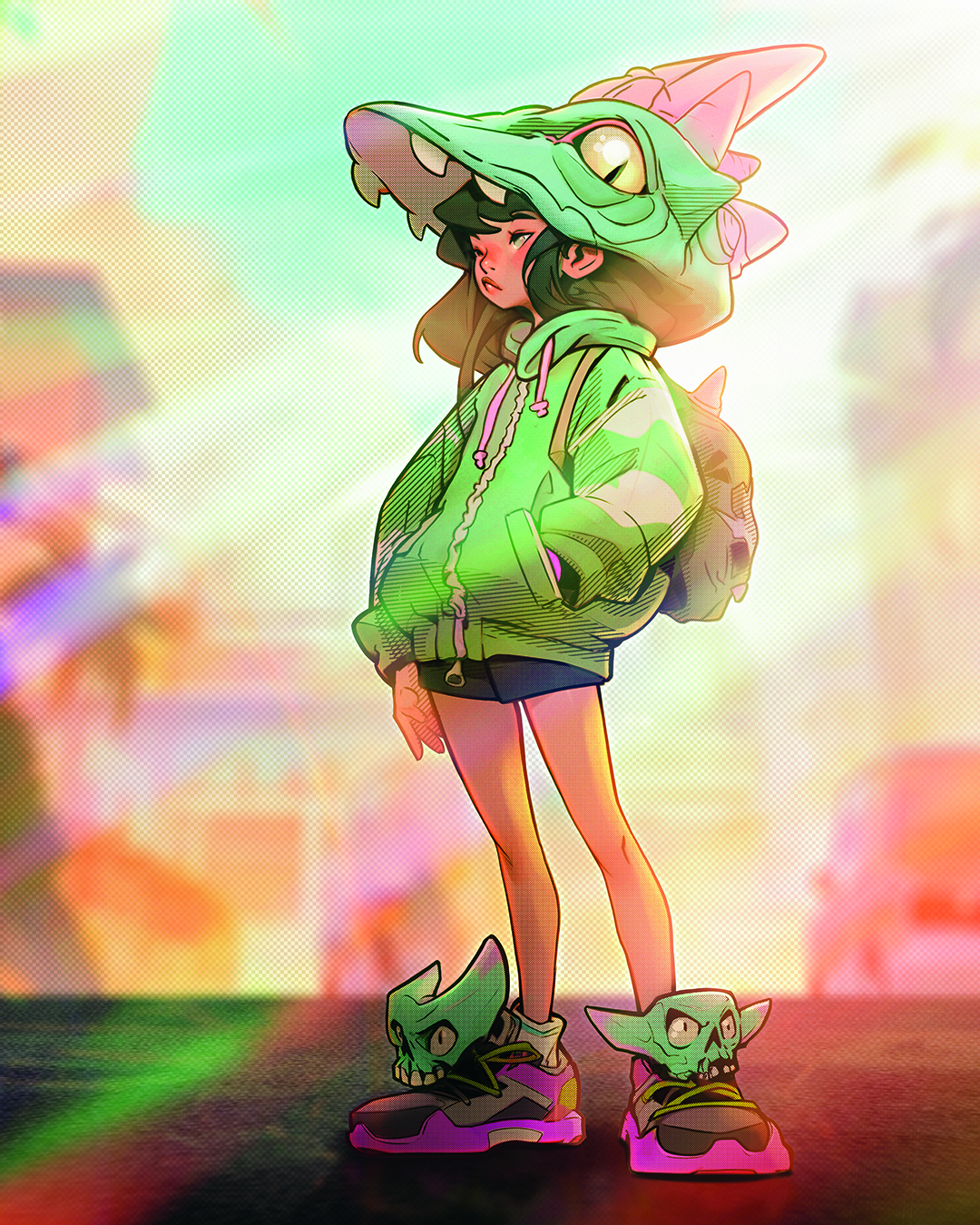
Geizi agrees that today, manga is uniquely positioned to connect visually and emotionally in a way that feels universal.
“For artists, manga is inspiring because of how much expression you can fit into a page. For audiences, it’s engaging because it mirrors their own hopes and challenges, no matter where they’re from.”
For Asia, if there’s one key to manga’s continued rise in popularity, it’s the medium’s accessibility. “Manga speaks to universal emotions in a way that feels immediate and human, making it easy for people everywhere to connect with.”
For more inspiration see our features on how to create a manga comic strip and how to publish a manga.
This article originally appeared in ImagineFX. Subscribe to ImagineFX to never miss an issue. Print and digital subscriptions are available.
You must confirm your public display name before commenting
Please logout and then login again, you will then be prompted to enter your display name.
